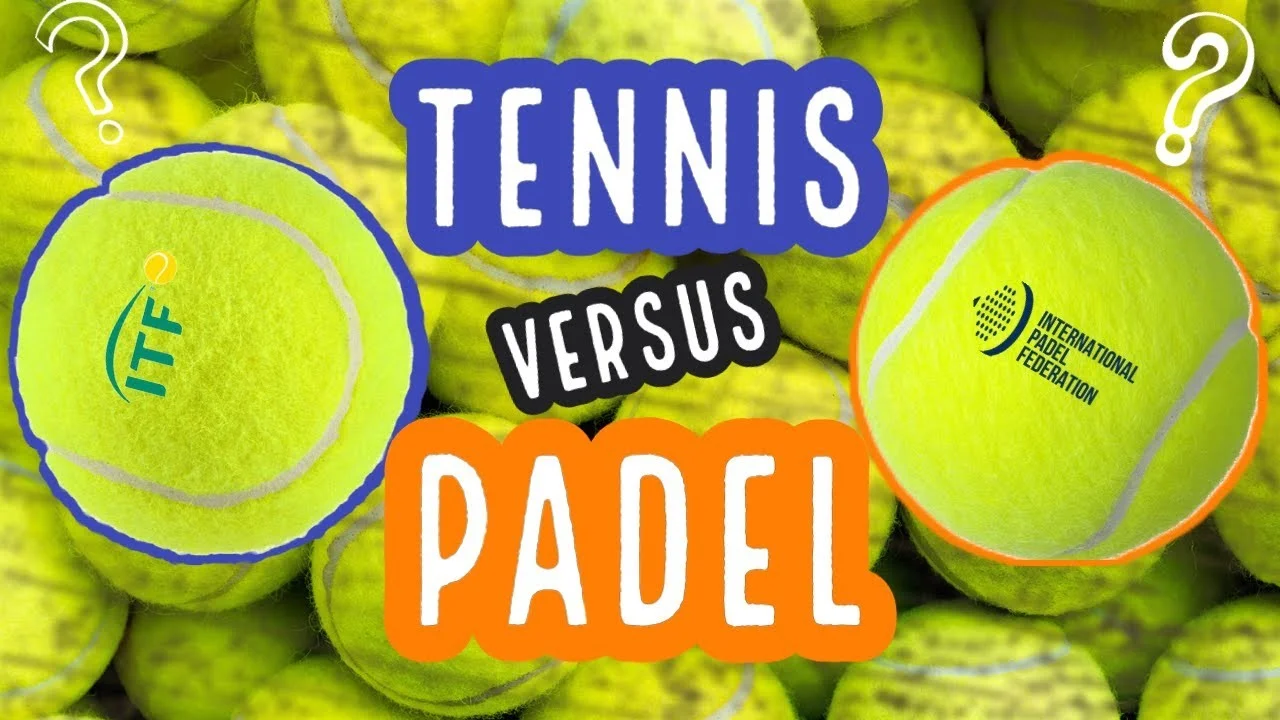

Understanding the Costs of a Padel Tennis Court A Comprehensive Guide
Padel tennis, a fast-growing sport that originated in Mexico, has taken the world by storm due to its accessibility and social aspects. Unlike traditional tennis, padel is played in an enclosed court, often making it a more engaging experience. However, those looking to invest in a padel tennis court must consider various factors that contribute to the overall cost. In this article, we will explore the essential components that affect the price of a padel tennis court, providing potential investors with a clearer understanding of what to expect.
1. Court Dimensions and Materials
A standard padel tennis court measures 20 meters long and 10 meters wide. The construction materials significantly impact the overall cost. Walls typically consist of glass and steel, providing the necessary transparency and durability for gameplay. High-quality materials will last longer and require less maintenance, ultimately saving costs in the long run. Depending on regional pricing for materials, the initial investment can vary greatly but typically ranges from $20,000 to $45,000.
2. Surface Choices
Choosing the right surface for a padel court is crucial for gameplay and athlete safety. Options generally include artificial grass, concrete, and acrylic surfaces. Each material offers different playing experiences and durability. Artificial grass is often the preferred choice due to its excellent traction and comfort, but it may require periodic replacement or maintenance, which adds to long-term costs. Initial surface installation can range from $10,000 to $20,000.

Proper lighting is essential for evening play and can significantly increase the functionality of a padel court. Installing high-quality floodlights can add another $7,000 to $15,000 to your budget. Additionally, amenities such as spectator seating, restrooms, and changing rooms add to the overall cost. Depending on the scale of these features, costs can range from a few thousand to tens of thousands of dollars.
4. Location and Labor Costs
Geographic location plays a crucial role in determining the final cost of constructing a padel tennis court. Urban areas with higher living costs will see increased labor and material expenses. Understanding local zoning laws and obtaining permits can also impact the budget. If specialized construction teams are required, expect additional expenses, potentially raising the total cost by 15-30%.
5. Maintenance and Operations
After construction, ongoing maintenance is a critical aspect of ownership to ensure the court remains in good condition. Regular cleaning, surface repairs, and light replacements will contribute to annual upkeep costs. Budgeting around 5-15% of the initial investment for maintenance is a common practice.
Conclusion
Investing in a padel tennis court can be a rewarding endeavor, providing recreational opportunities and social engagement. By understanding the various factors that influence costs—from construction and materials to maintenance—investors can make informed decisions. Ultimately, whether for personal use or commercial gain, a well-planned padel court can serve as a valuable asset for many years to come.
High-Performance Industrial Flooring Solutions China Paddle Tennis Court for Sale
High-Performance Industrial Flooring Solutions Durable & Cost-Effective
Homogeneous Transparent Floor – Durable & Stylish Rubber Floor Solutions
Premium Homogeneous Transparent Floor for Durable & Stylish Spaces Rubber Floor Solutions
Premium Sports Floor Solutions Durable PVC Sports Floor & Rubber Floor for Gyms
Durable Rubber Composite Floor Premium Rubber Floor & Mats Solutions